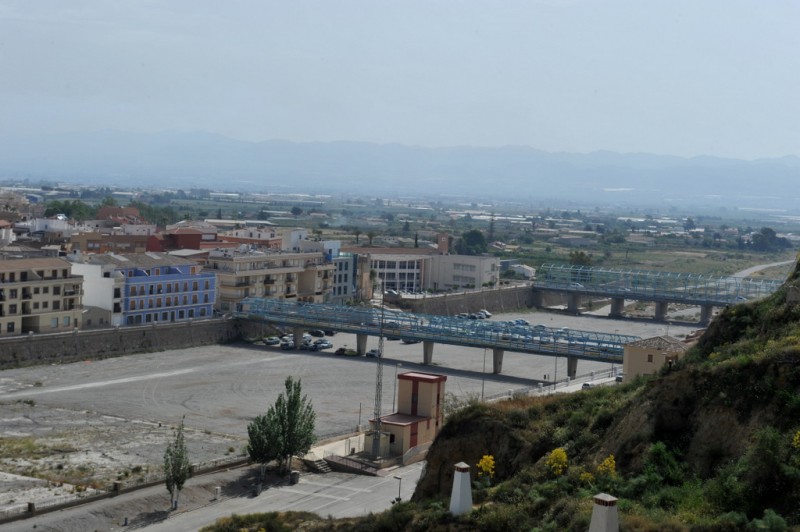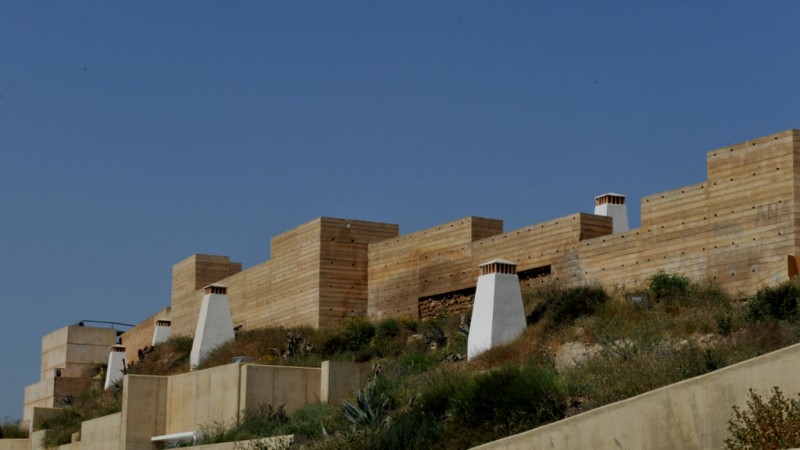-



 Welcome To
Welcome To PuertoLumbreras
PuertoLumbreras


 Welcome To
Welcome To PuertoLumbreras
PuertoLumbreras


 Welcome To
Welcome To PuertoLumbrerasarticle_detail
PuertoLumbrerasarticle_detail

 Welcome To
Welcome To PuertoLumbreras
PuertoLumbreras- Region
- Águilas
- Alhama de Murcia
- Jumilla
- Lorca
- Los Alcázares
- Mazarrón
- San Javier
-
ALL AREAS & TOWNS
- AREAS
- SOUTH WEST
- MAR MENOR
- MURCIA CITY & CENTRAL
- NORTH & NORTH WEST
- TOWNS
- Abanilla
- Abarán
- Aguilas
- Alamillo
- Alcantarilla
- Aledo
- Alhama de Murcia
- Archena
- Balsicas
- Blanca
- Bolnuevo
- Bullas
- Cañadas del Romero
- Cabo de Palos
- Calasparra
- Camping Bolnuevo
- Campo De Ricote
- Camposol
- Canada De La Lena
- Caravaca de la Cruz
- Cartagena
- Cehegin
- Ceuti
- Cieza
- Condado de Alhama
- Corvera
- Costa Cálida
- Cuevas De Almanzora
- Cuevas de Reyllo
- El Carmoli
- El Mojon
- El Molino (Puerto Lumbreras)
- El Pareton / Cantareros
- El Raso
- El Valle Golf Resort
- Fortuna
- Fuente Alamo
- Hacienda del Alamo Golf Resort
- Hacienda Riquelme Golf Resort
- Isla Plana
- Islas Menores & Mar de Cristal
- Jumilla
- La Azohia
- La Charca
- La Manga Club
- La Manga del Mar Menor
- La Pinilla
- La Puebla
- La Torre
- La Torre Golf Resort
- La Unión
- Las Palas
- Las Ramblas
- Las Ramblas Golf
- Las Torres de Cotillas
- Leiva
- Librilla
- Lo Pagan
- Lo Santiago
- Lorca
- Lorquí
- Los Alcázares
- Los Balcones
- Los Belones
- Los Canovas
- Los Nietos
- Los Perez (Tallante)
- Los Urrutias
- Los Ventorrillos
- Mar De Cristal
- Mar Menor
- Mar Menor Golf Resort
- Mazarrón
- Mazarrón Country Club
- Molina de Segura
- Moratalla
- Mula
- Murcia City
- Murcia Property
- Pareton
- Peraleja Golf Resort
- Perin
- Pilar de la Horadada
- Pinar de Campoverde
- Pinoso
- Playa Honda
- Playa Honda / Playa Paraíso
- Pliego
- Portmán
- Pozo Estrecho
- Puerto de Mazarrón
- Puerto Lumbreras
- Puntas De Calnegre
- Region of Murcia
- Ricote
- Roda Golf Resort
- Roldan
- Roldan and Lo Ferro
- San Javier
- San Pedro del Pinatar
- Santiago de la Ribera
- Sierra Espuña
- Sucina
- Tallante
- Terrazas de la Torre Golf Resort
- Torre Pacheco
- Totana
- What's On Weekly Bulletin
- Yecla


- EDITIONS:
 Spanish News Today
Spanish News Today
 Alicante Today
Alicante Today
 Andalucia Today
Andalucia Today
article_detailThe Rambla de Nogalte in Puerto Lumbreras

The normally dry river bed is used as a car park but has caused several natural disasters in the south-west of Murcia
The geography of Puerto Lumbreras is unusual, and often surprises those visiting the town without any prior knowledge, as running through the centre and effectively cutting it in half is a wide “rambla”, or dry river-bed, known as the Rambla de Nogalte. At least, it’s dry for most of the time, and is actually used as a large free car park at almost all times of the year.
But a “rambla” is not just a river which has run dry: it is also a floodwater run-off channel which has been carved into the landscape over the millennia by rainfall cascading down from the higher ground which lies further inland, and when the clouds gather the locals wisely make sure that both they and their cars are out of the rambla.
On 19th October 1973 one of the autumn cloudbursts which are known in this part of Spain as the “gota fría” affected the mountains of which lie to the north and west of Puerto Lumbreras, and although the rainfall was comparatively light in the town itself within a couple of hours the Rambla was full to overflowing as a flash flood made its way towards the Mediterranean coast. The devastation to farmland and the town itself was horrific, the economic losses amounting to millions, but the figure that stands out in the memory is that no fewer than 85 people lost their lives.

A similar episode of torrential rain in late September 2012 was less dramatic in terms of the loss of human life, but nonetheless 13 people died in the incident which encompassed Almeria, Lorca and Puerto Lumbreras and around 150,000 head of livestock were lost (see videos).
For this reason, when parking in the Rambla prior to taking a stroll around the town, take a quick look to check that no storm clouds are gathering, and that the locals are not hastily removing their vehicles. The Rambla de Nogalte is a convenient spot to leave the car, but the walls which line it are not merely ornamental: they are containing structures, and although for most of the time it is hard to imagine, the height and volume of the rushing torrent during a gota fría episode can make them seem dangerously fragile structures.
The importance of the Rambla de Nogalte in Puerto Lumbreras
All of this begs the question of how and why the town of Puerto Lumbreras came to occupy such an obviously perilous location, but the answer, to a large extent, also lies in the Rambla de Nogalte.
At first the town came into existence when first Moorish and then Christian forces occupied the castle on top of the hill on the western bank of the Rambla, and the few intrepid farmers and other settlers clustered around the fortress for security. But the Moors also discovered that underneath the Rambla de Nogalte just to the north of the town centre was an underground water reserve, and found a way of tapping into it. This consisted of the construction of what are still known as the “Cano” and Contracaño”, which are essentially galleries along which the water from this aquifer is channeled. Access to the water is provided by vertical well-like structures which allowed maintenance work to be performed, and these “lamp-holes” are known as “lumbreras”: most accept that this is the origin of the name of the town, such is their importance in its development.
The Rambla de Nogalte: geographical data
The normally dry Rambla de Nogalte is a tributary of the River Guadalentín (also dry for large parts of the year), which itself flows into the River Segura. It runs through the municipalities of Vélez Rubio (in Almería), Puerto Lumbreras and Lorca, starting in the Sierra de las Estancias before crossing Puerto Lumbreras and the Campillo district of Lorca.
In modern times there is no longer a direct connection with the Guadalentín, as the proliferation of agricultural activity has effectively taken over the stretch of the Rambla which runs alongside the Sierra de Almenara to the main road between Lorca and Águilas. After this it reappears, joining the Guadalentín not far to the south-east of La Hoya.
Click for more information about the Puerto Lumbreras municipality
article_detail
article_detailContact Murcia Today: Editorial 966 260 896 / Office 968 018 268

To be listed on the CAMPOSOL TODAY MAP please call +34 968 018 268.

To be listed on the CONDADO TODAY MAP please call +34 968 018 268.

Guidelines for submitting articles to Camposol Today
Hello, and thank you for choosing CamposolToday.com to publicise your organisation’s info or event.
Camposol Today is a website set up by Murcia Today specifically for residents of the urbanisation in Southwest Murcia, providing news and information on what’s happening in the local area, which is the largest English-speaking expat area in the Region of Murcia.
When submitting text to be included on Camposol Today, please abide by the following guidelines so we can upload your article as swiftly as possible:
Send an email to editor@camposoltoday.com or contact@murciatoday.com
Attach the information in a Word Document or Google Doc
Include all relevant points, including:
Who is the organisation running the event?
Where is it happening?
When?
How much does it cost?
Is it necessary to book beforehand, or can people just show up on the day?
…but try not to exceed 300 words
Also attach a photo to illustrate your article, no more than 100kb








